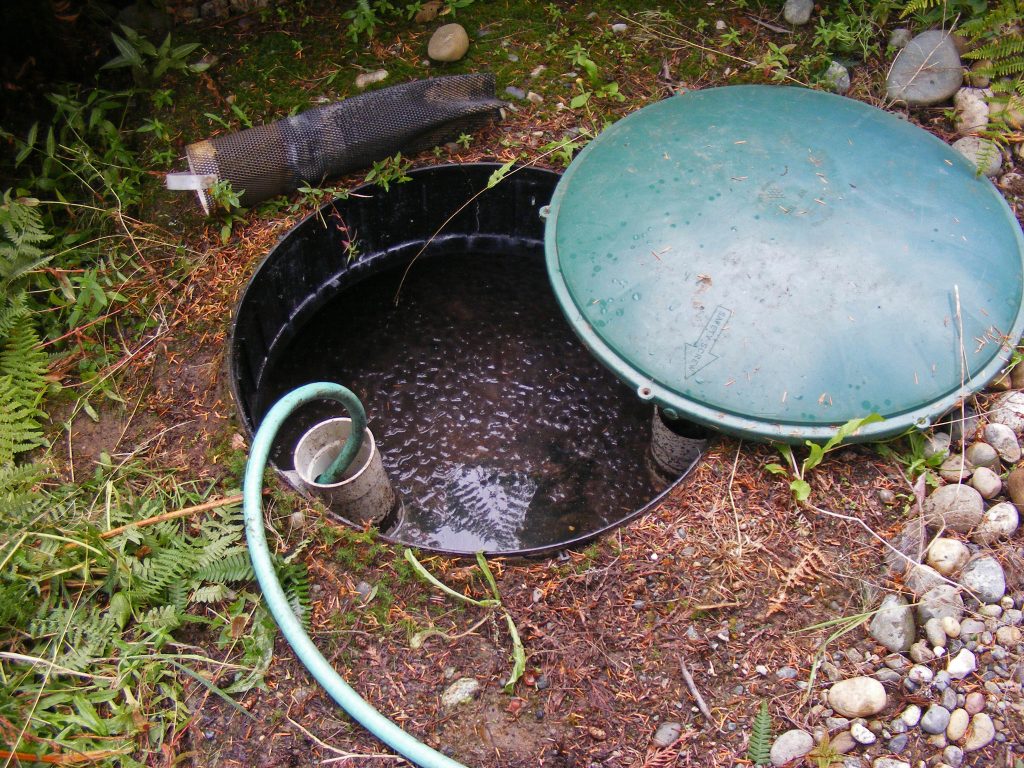-
Houston Patio Cover Tips

Equinox Louvered Roof Summer is finally here! Which means one thing, in your happy place, enjoying the long days outdoors on the patio. However, you are missing something…a patio cover!
Adding a patio cover has a lot of advantages. Protecting your patio from harsh U / V light will improve its lifespan, from your BBQ to your patio furniture, as well as protecting everything on it. On those hot days, a cover will give you a cool place to relax and will improve your patio’s look–and add value to your home. Simply put, a patio cover is a good idea at all times.
You may wonder where you’ll get your Houston Patio Cover, but don’t worry, we’ll go over some key details to help you decide which type of cover is best for your family.
Considerations to Determine the Right Patio Cover Materials
Bugs
They could wreak havoc on your patio cover when bugs come to the party. That’s why it’s critical to choose insect-resistant and rot-resistant patio cover materials. Popular forests such as Redwood and Cedar provide a degree of natural resistance to pests and rot and will last without breaking down for many years. Doug firs is another great option that provides a cheaper, thicker, cover but lacks some of that natural resistance to bugs and other plagues.
Composite and aluminum patio coverings are also great options as they are not part of the diet of insects and will not necessarily decompose. When selecting your product, shielding your patio cover from insects and elements is an important consideration–but not the only one.

Equinox Louvered Roof Stain vs. Paint
Take that into account when selecting wood products when you intend to stain or paint your patio cover. Redwood and Cedar are the best bets for staining. Both work well with stains and look fantastic, particularly as the wood’s beauty can be enhanced by stain, and both age well in sunlight in general. Douglas Fir works great for drawing. It is cheaper than Cedar and Redwood, and a paint coat will add durability to the wood.
Solid vs. Open patio cover
Installing a solid patio cover that protects you from sun and rain can be hard to do correctly. It’s important to make sure you get the right materials–like aluminum and groove wood. Plywood can also do the trick, but this is not a long-lasting solution. If you don’t want to have a completely sealed cover, designing an open frame will provide you with more design and product choices.
While designing a patio cover, our minds usually think first of all about wood and other materials. For both functional and stylistic purposes, the hardware is a very important consideration for patio covers. You should always use hardware that does not rust for any outdoor construction–such as hot-dipped galvanized steel. Another great option is powder-coated hardware, which can add a unique look and design to your construction.
You may also want to consider whether your hardware is going to be hidden–in which case your hardware style doesn’t really matter, allowing you to go with a cheaper, less stylistically pleasing alternative. You can add a dash of elegance to your patio cover to make your hardware noticeable. There is a wide range of elegant and ornate pieces of hardware that look great and are often more affordable than you might expect.
Consider Maintenance
Go with aluminum if you want a really low maintenance patio cover. Every few years, wood may need re-staining and re-painting, but aluminum only needs a hose to wash it down. Aluminum is similar but much easier to manage. Not only is aluminum easy to mount, but the maintenance is almost non-existent once it is in.
Get with the latest trend
Aluminum patio covers are becoming increasingly popular with homeowners because of their cost-effective price, adjustable sizes and easy maintenance. Aluminum has also come a long way. Aluminum today looks much nicer than the old aluminum that you might associate with the 1970s carports. Aluminum passes the most important test if you live in Texas– it doesn’t rust.
If you are going to use wood for your patio cover, talk to your local lumberyard about the specific size of the wood. Too many people guess what they need, and end up with too much, too little, or the wrong sizes. Have a chat on your plans with your lumber yard. You may need custom cuts such as corbels or thicker lattice to cover your patio. It should be your number one priority to make the pieces fit.
Best Houston Patio Cover
If you rather have a reputable professional do the job for you consider Houston Louvered Roof or another trusted company. They can tailor any covered patio to your specifications and designs. Get a feel of each of these businesses to see which one best fits your needs.
-
Septic Tank Cleaning

Spring Septic The better you take care of things, the longer they last, as with most things in life. There’s no exception to a septic tank. With more than one in five households using a septic system in America, it is important to understand how to manage them properly.
Septic tanks can be a great way to save money and remove wastewater from your property. Yet tanks need to be tested periodically to perform properly. It may need to be tested more regularly if your system is more robust or has mechanical elements. Check your system’s information to see the guidelines on the frequency of Septic Tank Cleaning.
We wanted to take a minute to teach you what you need to know about cleaning septic tanks— and how to avoid putting at risk the health of your family and the world.
How often is it necessary to clean a tank?
Most homeowners start by asking how often their tank needs to be cleaned. The response is it depends on it. On average, every two to three years a household system should be inspected and evaluated for cleaning. Nevertheless, septic cleaning will depend on these factors:
- how many people live in your home
- The amount of sewage produced
- The size of your septic tank
Things like having a device too small for your property or improper use of water in the household will require more regular cleaning.
We will check the device for any leaks or clogs when a septic service provider comes to your house. They will then weigh the layers of scum and sludge in your tank to decide if a cleaning is needed. General guidelines are that if the bottom scum layer is within 6 inches of the protective outlet of the septic or if the top of the sludge layer is within 12 inches, the tank must be drained.
Be sure to ask your service professional for detailed visit records so you can keep track of the level of waste and get a better idea of how often your tank needs to be emptied.
How can I extend the time between cleaning the septic tank?
Would you like to extend the cleaning of the septic tank? Check your statement on the operation. This can shed light on the amount of water usually used by your household. By limiting the amount of sewage entering it at one time, increasing water quality will improve the way the system works. Less pressure on your tank means less risk of failure and more cleaning time.
Simple ways of minimizing water usage include installation of high-efficiency toilets and showerheads Repairing leaks and drips Spreading washing machine use Make sure all waste products are properly disposed of. Keep in mind that whatever finds its way down your drains will affect the maintenance schedule of your septic system.
Can I handle my own septic cleansing?
It’s probably not the best idea to try to tackle the septic system on your own. Any pumped material must be contained in containers and disposed of in compliance with strict federal regulations. The slightest mistake can result in severe health hazards.
Daily septic tank cleaning cycles can save you money by avoiding costly repairs, preserving the value of your property, and ensuring that you and your loved ones remain healthy. Call a septic specialist or Spring Septic to take the right steps to care for yours today.